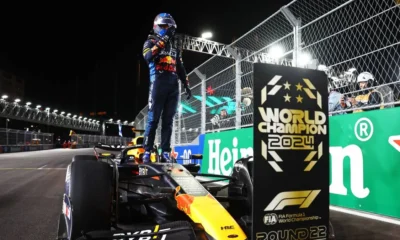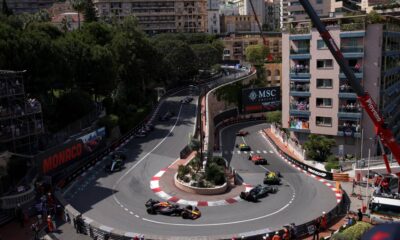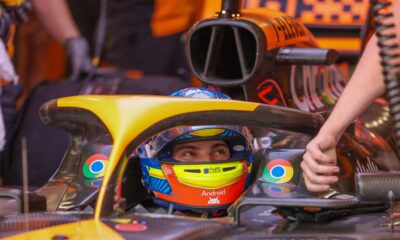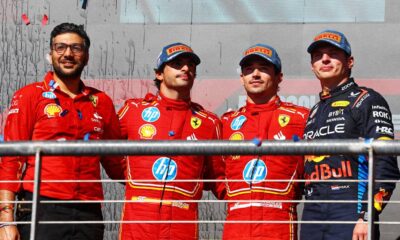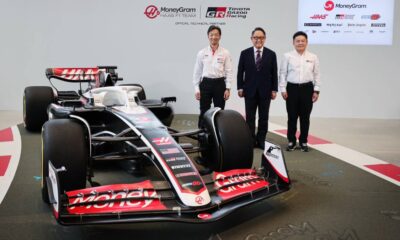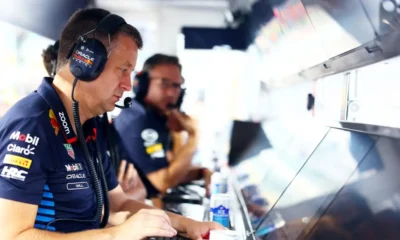Betting
Pirelli’s state-of-the-art tyres will have to deal with the heat at France’s Le Castellet circuit
This weekend, the Formula 1 teams head to the Paul Ricard circuit in Le Castellet, France, near Marseille. This year’s French Grand Prix will therefore start a month later than last year, moving it into a period of tropical heat. The F1 monoblocs will wear 18-inch tyres in C2, C3 and C4 compounds for this very versatile circuit.
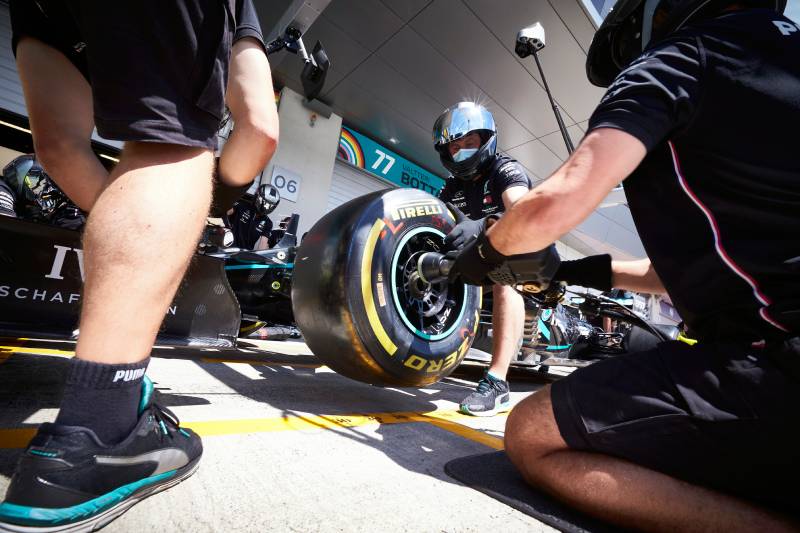
This weekend, the Formula 1 teams head to the Paul Ricard circuit in Le Castellet, France, near Marseille. This year’s French Grand Prix will therefore start a month later than last year, moving it into a period of tropical heat. The F1 monoblocs will wear 18-inch tyres in C2, C3 and C4 compounds for this very versatile circuit. It will be interesting to see the pit stop strategy – last year Max Verstappen won the race, making two stops while his rivals only stopped once.
As such, the French Grand Prix is not only one of the oldest motor racing events in the world, but also the first ever Grand Prix. It was first held in 1906 (although not as part of the official World Championship, which was not established until 1950 – ed.).
However, it is unusual for such a traditional race in that it changes its venue quite often, as it was held on 16 different race tracks in total.
Since its return to the calendar in 2018, it has been held at the Paul Ricard circuit in the southern French town of Le Castellet. But the circuit is no newcomer to the F1 calendar, having hosted the Grand Prix for the first time in 1971, just two years after it opened, and it did not regularly host F1 races until 1983.
Formula One then returned here for a period between 1985 and 1990, before moving to Magny-Cours for 18 years and then taking a ten-year “break”.
The Paul Ricard circuit, whose construction was funded by the famous producer of the traditional pastis liqueur, is 5.8 kilometres long and dominated by the legendary Mistral straight, which offers a chance to cool the tyres, which will greatly affect the approach to the next corner, Signes, which is driven at full throttle and is the most demanding on the circuit.
However, as well as fast corners and straights, the track also contains very technical sections and, with a width of 12 metres, offers plenty of overtaking opportunities. Interestingly, it is built on almost flat terrain.
Riders have to be very careful leaving the track here. The areas marked with the French tricolour in red, white and blue are covered with a material with a high coefficient of friction. This is designed to slow the cars down quickly, which can lead to flat tires from hard braking.
Due to the nature of the circuit, Pirelli, which is the exclusive tyre supplier for F1, has chosen a medium compound option. Thus, the hard P Zero White tyres will use a C2 compound, the medium P Zero Yellow will be a C3 compound and the C4 compound has been chosen for the softest P Zero Red.
This year’s 18-inch tyres are significantly more resistant to overheating than the 13-inch tyres used last season, and it will be interesting to see how this affects the pit stop strategy.
Last year’s winner Max Verstappen’s second stop paid off, after which he was able to regain the lead with just one lap to go, despite the others stopping only once. This year, however, things could be different – and it also depends on how this year’s heatwave will affect the results.
“This year’s French Grand Prix will take place almost a month later than last year, when it actually rained on Sunday morning, so higher temperatures are to be expected. But this year’s generation of tyres and compounds are different and better able to withstand overheating than the 13-inchers of last year. We’ll see what effect this has on the strategy,” said Zdeněk Vacl, Pirelli’s marketing director for the Czech Republic.
“And a bit of history – the current 18-inch tyres made their first ever appearance at the Paul Ricard circuit in testing with Renault and Sergey Sirotkin in 2019,” Vacl added.
Testing for next year
Four teams (Alpine, McLaren, Red Bull and Williams) stayed for two days after the Australian Grand Prix to test the Pirelli prototype tyres for 2023. Some 2,949 test kilometres were driven.
Source: Pirelli

